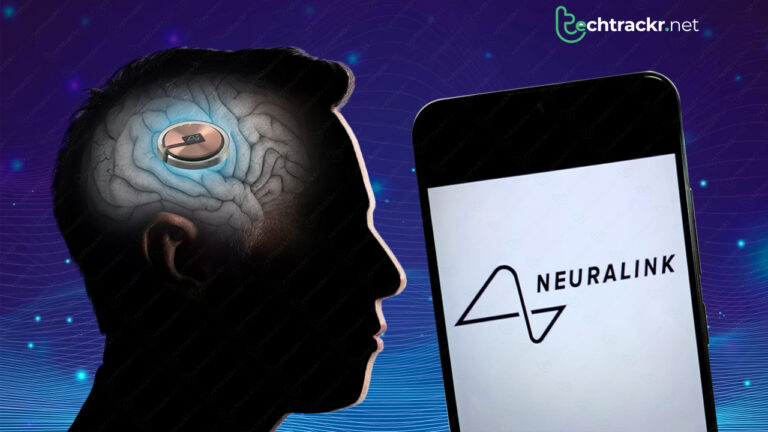
Elon Musk claims that Neuralink’s first human trial participant can control a computer mouse with their brain, nearly one month after having the company’s chip implanted. However, there are few details available, and other companies working on brain-computer interfaces seem to have overcome more technological challenges than Neuralink so far.
“Progress is good, patient seems to have made a full recovery … and is able to control the mouse, move the mouse around the screen just by thinking,” Musk said in a conversation in an X Spaces event Monday night. “We’re trying to get as many button presses as possible from thinking, so that’s what we’re currently working on is — can we get left mouse, right mouse, mouse down, mouse up,” he said, “which is kind of needed if you want to click and drag something, you need mouse down and to hold on mouse down.”
Last month, Musk announced that the company had successfully performed its first implantation surgery on a human test subject. This came after receiving approval last year to study the safety and functionality of its chip implant and surgical tools on humans.
Trial patients will undergo surgery to have a chip placed in the part of the brain that controls the intention to move. A robot will install the chip, which will then record and transmit brain signals to an app. The initial aim is to enable people to control a computer cursor or keyboard using their thoughts alone, as stated by the company in September.
If the initial human trial of the brain chip technology proves successful, it could be a significant step forward for Neuralink’s mission to bring life-changing technology, particularly for individuals who are unable to move or communicate, from the lab to the real world.
However, Musk hasn’t provided many details or any evidence regarding the outcome of the operation, so it’s still uncertain how much of a scientific breakthrough the implantation actually is.
In the end, Neuralink’s goal is to use implants to link human brains with computers, enabling paralyzed individuals to control smartphones or computers, or blind individuals to regain their sight, for instance. Similar to current brain-machine interfaces, the company’s implant would gather electrical signals emitted by the brain and interpret them as actions.
